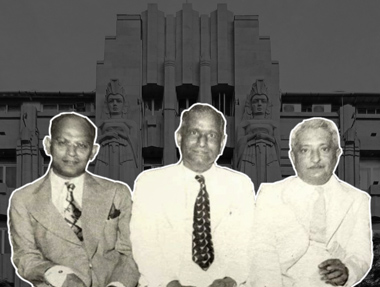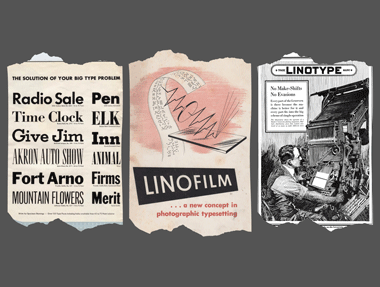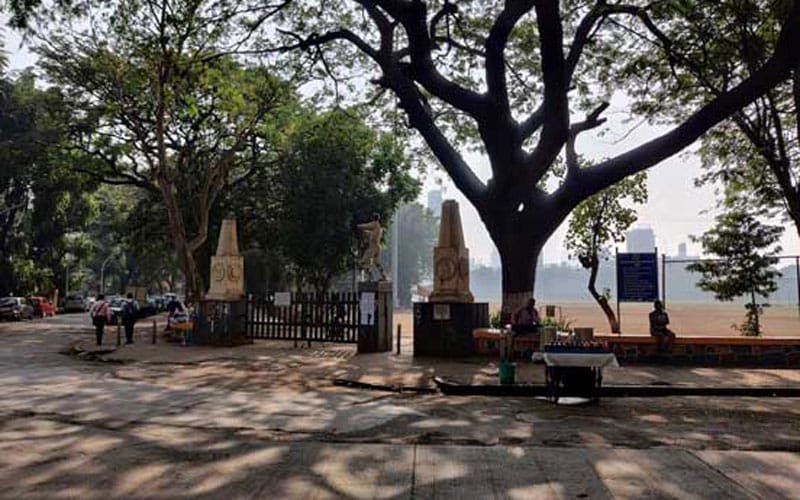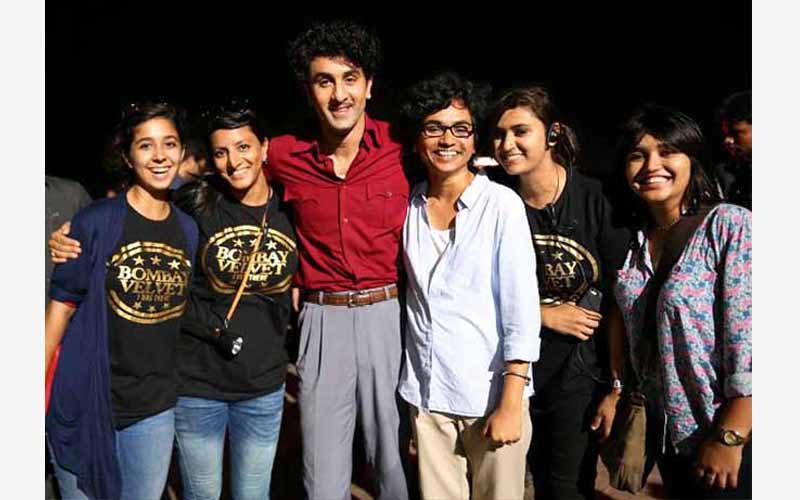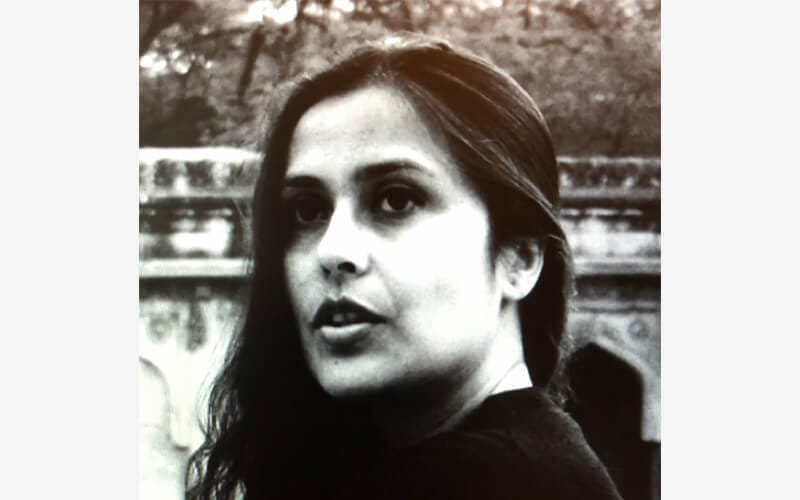Shrikant Sathe, architect and son of the firm’s founding partner, shares insights into Master, Sathe & Bhuta, the first all-Indian led architectural firm.
Gallery
Jul 26, 2024

Kanti Kunj, Santa Cruz. In the midst of palm trees, Kanti Kunj stands out for its ingenious use of colour. The striking vertical red bands on the turret and eyebrows against the greys of the building can be spotted from afar.
Jul 26, 2024

But the elegant red lettering of the balcony parapet remains the showstopper. Don’t mistake the stylised lettering for ‘Kartikey’ or ‘Kentucky’!
Jul 26, 2024

An extra ten points for the clever and harmonious repetition of the chevron band on the balcony railing and the compound wall.
Jul 26, 2024

The band matches especially well with the slant balcony corner, adding to the comprehensive design aesthetic of the facade.
Jul 18, 2024

Vishwa, Sion. Sion has an expansive list of beautiful suburban Deco buildings, and Vishwa grabs a coveted spot on this list. A well-executed blend of Indian elements such as stupa-like domes, intricate brackets supporting the eyebrow on the turret and stucco bands on a modern, rectilinear building – Vishwa aptly pays homage to the native architecture of India.
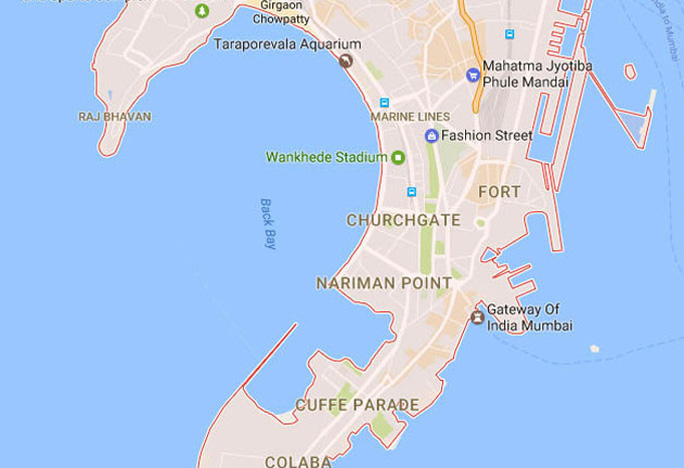
Inventory
An inventory of Art Deco buildings with an interactive map showing you where they are located. Explore neighbourhoods, buildings, features and elements.
Browse AllResearch
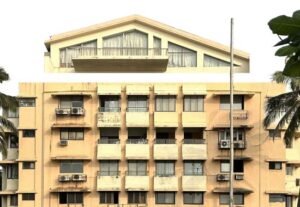
MUMBAI'S ART DECO
The ‘Storey’ that Changed the Skyline of Mumbai
The untold story of the additional ‘storey’ – an account of the regulations and trends that allowed the floor additions now seen on Mumbai’s Art Deco buildings.
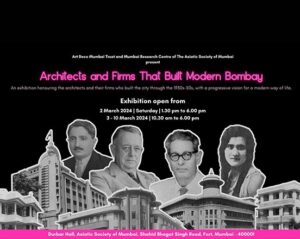
MUMBAI'S ART DECO
Architects and Firms That Built Modern Bombay – An Exhibition by Art Deco Mumbai Trust
Glimpses into a one-of-kind exhibition on the 'Architects and Firms That Built Modern Bombay', by Art Deco Mumbai Trust
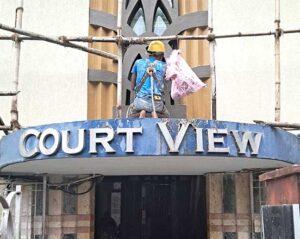
CONSERVATION EFFORTS
Repair & Restore Your Art Deco Buildings
If you have an Art Deco building in need of repair and restoration, we would be happy to help.
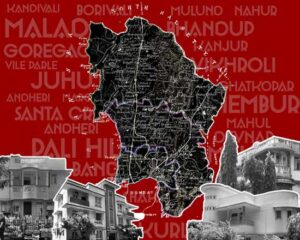
MUMBAI'S ART DECO
Affluence, Aspiration and Art Deco in Salsette: The Story of Bombay's Once Northern Neighbour
Explore how Bombay’s Art Deco took on diverse expressions as it travelled northwards into the suburbs.







